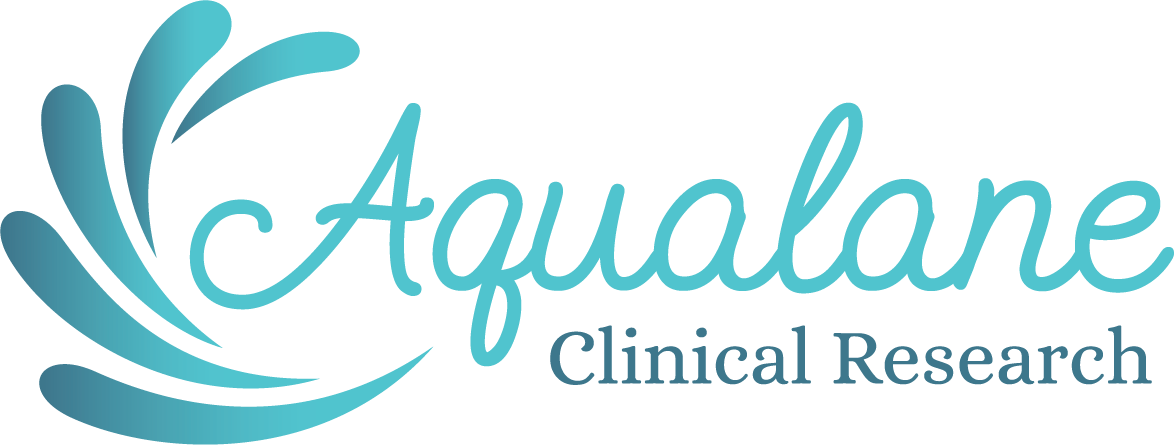For decades, migraine sufferers had limited options. Acute treatments like triptans helped some patients, while others relied on pain relievers, lifestyle adjustments, or preventive medications originally developed for unrelated conditions—like beta-blockers or antidepressants. For many, these treatments fell short.
Today, we’re entering a new era in migraine care. Breakthrough therapies—from targeted CGRP-blocking medications to innovative neuromodulation devices—are offering hope to millions of people who previously struggled with uncontrolled attacks. At Aqualane Clinical Research, we’ve witnessed firsthand how quickly the treatment landscape is changing, and we want to share the most promising developments with you.
If you’re living with migraines or supporting patients who do, here’s what you need to know about the future of migraine therapy.
Why New Therapies Are Needed
Migraines are one of the most disabling medical conditions worldwide, according to the World Health Organization. They don’t just cause severe pain; they interrupt careers, strain relationships, and erode quality of life. Traditional treatments often fail to deliver consistent relief, leaving patients frustrated and clinicians searching for better solutions.
That’s why recent advances are so important. These therapies are designed specifically for migraine biology, rather than borrowed from other medical fields.
CGRP Inhibitors: A New Class of Migraine Medications
What is CGRP?
CGRP (calcitonin gene-related peptide) is a protein involved in transmitting pain signals and dilating blood vessels in the brain. Research has shown that CGRP levels spike during a migraine attack, making it a prime target for therapy.
Monoclonal Antibodies
The first breakthrough came with monoclonal antibodies that block CGRP or its receptor. These are preventive medications, taken monthly or quarterly, and include:
- Erenumab (Aimovig) – blocks CGRP receptors.
- Fremanezumab (Ajovy) – binds directly to CGRP.
- Galcanezumab (Emgality) – binds to CGRP and is also FDA-approved for cluster headaches.
- Eptinezumab (Vyepti) – administered intravenously every three months.
Patients who previously cycled through multiple medications with limited success are reporting fewer migraine days and better quality of life.
Gepants
A newer class, called gepants, also targets CGRP but works differently. These small-molecule drugs are taken orally and can be used for either acute treatment or prevention. Examples include:
- Ubrogepant (Ubrelvy) – for acute attacks.
- Rimegepant (Nurtec ODT) – approved for both acute and preventive use.
- Atogepant (Qulipta) – preventive therapy.
For patients who cannot tolerate triptans or traditional preventives, gepants offer a well-tolerated alternative.
Ditans: A Serotonin-Based Option
Another innovation is ditans, which act on serotonin receptors differently than triptans. Lasmiditan (Reyvow) is the first approved ditan, designed for acute migraine treatment without causing vasoconstriction—making it safer for patients with cardiovascular risk factors who cannot take triptans.
Neuromodulation Devices: Non-Drug Alternatives
For patients who prefer non-medication approaches or who experience side effects from drugs, neuromodulation devices represent a promising frontier. These devices deliver gentle electrical or magnetic stimulation to nerves involved in migraine pathways.
Some FDA-cleared devices include:
- Cefaly: A headband-like device that stimulates the trigeminal nerve, used for both acute and preventive therapy.
- Nerivio: A wearable armband controlled by a smartphone app that delivers remote electrical neuromodulation during acute attacks.
- gammaCore: A handheld device that stimulates the vagus nerve through the skin of the neck.
- sTMS mini: Uses transcranial magnetic stimulation to target migraine-related brain activity.
Many patients appreciate that these devices avoid systemic side effects and can be used in combination with medications.
Clinical Trials and What’s Next
The research pipeline for migraine therapy is stronger than ever. Current studies are exploring:
- Next-generation CGRP blockers with longer-lasting effects and fewer injections.
- Combination therapies, pairing a CGRP inhibitor with another class for enhanced prevention.
- New neuromodulation technologies that integrate wearable sensors or personalized stimulation patterns.
- Biomarker research, aiming to predict who will respond best to which therapy.
At Aqualane Clinical Research, we’re proud to participate in advancing these discoveries. Clinical trials are often the bridge between today’s limitations and tomorrow’s breakthroughs, giving patients access to innovative treatments before they reach the general market.
What This Means for Patients
If you’ve struggled with migraines despite trying standard therapies, now is the time to talk to your healthcare provider about these newer options. Every patient’s migraine journey is unique, but the range of available tools has never been greater. Whether it’s a monthly injection, an on-demand oral medication, or a wearable device, there are more paths to relief than ever before.
What This Means for Clinicians
For healthcare professionals, the rapid expansion of migraine therapies emphasizes the importance of staying current. Patients are increasingly aware of CGRP inhibitors and neuromodulation devices, and many arrive at appointments asking about them. Being prepared to discuss evidence-based benefits, limitations, and insurance considerations is essential.
Looking Ahead with Hope
For too long, migraines have robbed people of their time, productivity, and joy. The new generation of therapies—born from decades of research into the neurobiology of migraines—marks a turning point.
At Aqualane Clinical Research, we believe this is just the beginning. The momentum in migraine science is accelerating, and the pipeline of treatments continues to grow. Every clinical trial, every innovation, brings us closer to a world where migraines no longer control lives.
If you’re a patient, know that hope is on the horizon. If you’re a clinician, know that the tools you can offer your patients are multiplying. Together, we’re entering a future where breakthrough therapies transform the way migraines are treated.
